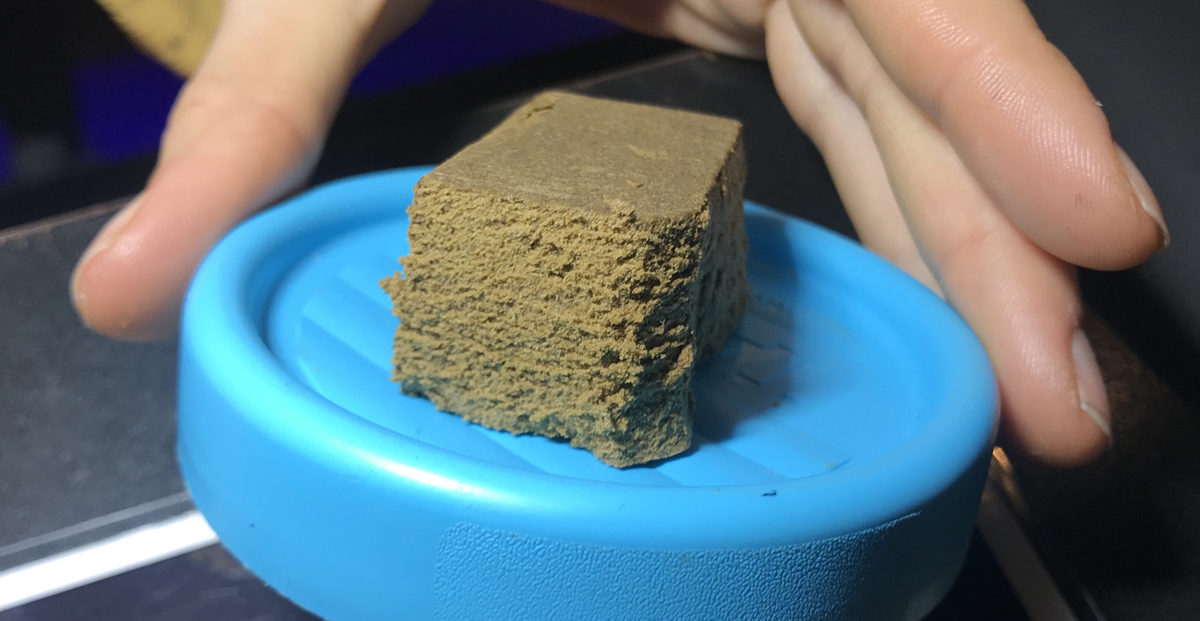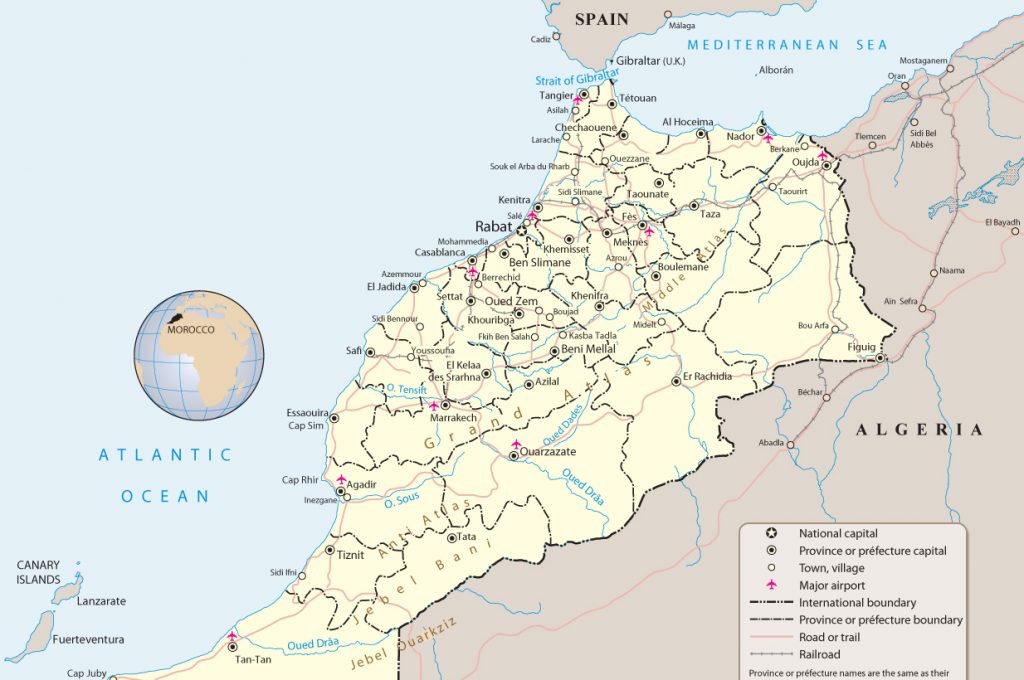Hash-Laden Morocco Retains Status as World’s Top Cannabis Producer

The United Nations Office on Drugs and Crime (UNODC) has issued its 22nd annual global survey of production, trafficking, eradication and enforcement, the World Drug Report 2019. In addition to providing figures on cocaine and opiates, the report seeks to quantify the amount of cannabis cultivated in each producer country.
Over the past decade, the report has consistently placed Morocco in first place for illicit cannabis production. The North African nation still retains that title.
In 2017, about 35,000 tons of cannabis were produced in Morocco, most of which was converted to hash.
The 2019 report draws on data collected between 2013 and 2017. Some 135 countries around the world grow cannabis. In 2017, about 35,000 tons were produced in Morocco, most of which was converted to hash. The country’s illegal growers then ship it to Europe and other parts of the world. The U.S. sees very little of this prized resin product.
Despite 50,000 hectares under cultivation in Morocco, only 520 were eradicated in 2017. No figures are available for total plants eradicated.
Paraguay leads the world with more than 36 million plants eradicated in 2017, followed by the Philippines (24 million plants in 2016). In the U.S., more than five million plants were chopped down in 2016.
Drug Enforcement in Morocco Continues
A June 29 Morocco World News article about the UNODC report seemed a little embarrassed by the findings, and took great pains to emphasize the government’s ongoing “heavy pressure” against cannabis, though it’s clearly not making much of a dent in production.

Last year, Morocco’s government announced the start of a “multi-dimensional national strategy to fight illegal drugs.” Although a role for “civil society” in this strategy is promised, enforcement remains central. For instance, on June 23, authorities near Zagora in the country’s southern interior confiscated more than 600 kilograms of «cannabis resin» (hashish or possibly kif, the loose and unrefined resinous trichomes shaken from harvested buds) and, on June 12, nearly 13 tons of were seized by police in Nador, a coastal city on the edge of the Rif Mountains, Morocco’s cannabis heartland.
A government spokesperson boasted that more than 107,000 people were prosecuted for drug crimes in 2017, with this number expected to jump under the new national strategy in the coming years.
Morocco has also recently been stepping up joint maritime operations with Spain to intercept hashish smuggled across the Strait of Gibraltar to European markets.
Legalization Efforts in Morocco Stalls
With cannabis already a pillar of its economy, you’d think Morocco would be a natural candidate for legalization. Indeed, two years ago, the country’s parliament weighed proposals to legalize cannabis cultivation for medical and industrial purposes. Proponents pitched this as the best way to decriminalize the illicit economy and wrest it away from criminal networks.
With cannabis already a pillar of its economy, you’d think Morocco would be a natural candidate for legalization.
But, in August 2017, Ilyas El-Omari, the main legalization advocate in Parliament and a leader of the progressive opposition bloc, was abruptly forced to step down. The resignation came after King Mohammed VI gave a speech implying that El-Omari was behind the wave of angry youth protests that rocked the Rif region. Since then, there’s been no progress on the cannabis legalization effort.
The bitter irony is that the Rif uprising was fueled by lack of economic opportunity other than the contraband cannabis economy. It was yet another instance of authorities discrediting those advocating courageous solutions as rabble-rousers.
Footnote
A surprising runner-up to Morocco in cannabis production is the small ex-Soviet republic of Moldova, which registered 10,000 tons produced in 2014. More predictably, third place goes to Mexico with 6,574 tons cultivated in 2016.
RELATED
Cannabis in Africa: South Africa, Zimbabwe and Lesotho Leading the Way
Report Predicts $13 Billion Latin American Cannabis Market by 2028
Arcview Predicts $57 Billion World Cannabis Market by 2027

